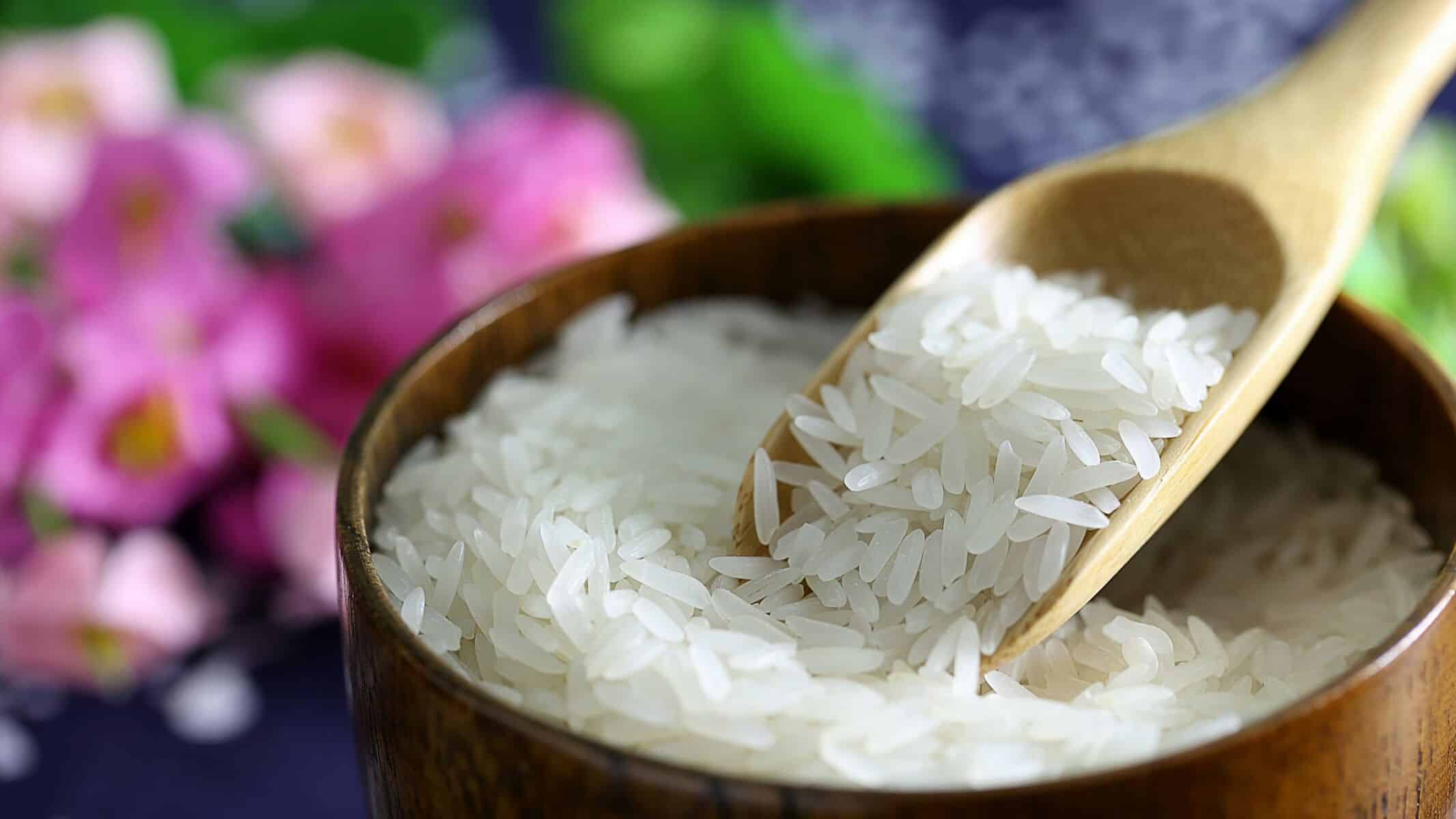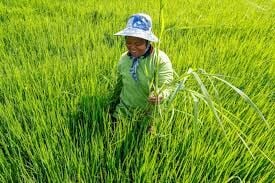Rice and fall: Thailand faces grain pains as India lifts export limits

Thailand’s rice market, once riding high, now faces a shaky season as Indian export restrictions relax, threatening to steal the spotlight and curb the kingdom’s grain gains. After a bumper year, it seems that the golden grains might lose their sparkle, casting a shadow on Thailand’s export figures.
Despite a slight boost in Thai rice production, set to rise by 0.5% to a hearty 20.1 million tonnes in 2024-25, exports are expected to take a nosedive. The reason? India, the reigning rice titan, has rolled back its restrictive export policies, opening the floodgates to global rice supplies.
Thailand had basked in glory while India clamped down in 2022 and 2023, seeing export volumes surge by double digits, 13.7% in 2023 and another 13.4% in 2024, as local government data reveals.
The squeeze on the world market sent Indonesia and the Philippines flocking to Thai suppliers, ballooning their import shares spectacularly. But improved local harvests and a pivot toward homegrown solutions spell trouble for Thailand’s 2024-25 outlook.
The bigger picture is less than sunny. Over the last decade, India’s rice sector has outdistanced Thailand’s by leagues.
Once holding 19.2% of the global market, Thailand’s share dwindled to 14.7% by 2022, while India’s soared to a commanding 35.5%. The gap in exports widened dramatically from 45.4% higher to a staggering 104.7%, firmly placing India in the driver’s seat.

Adding salt to the wound, Thailand’s rice yields lag an embarrassing 2.9 tonnes per hectare, paling in comparison to India’s 4.4 and Vietnam’s impressive 6.1.
Growth in areas harvested is virtually non-existent, with a CAGR languishing at -0.1%, as opposed to India’s formidable 73% increase in yields over a similar period.
Moreover, the pricing pinch doesn’t help. In December 2024, UN data showed Thai parboiled rice priced at US$535.70 per tonne, starkly higher than India’s US$439.80, placing Thai exports in a precarious position against cheaper competitors.
While the significance of rice exports for Thailand remains undeniable, their slice of the agricultural pie has shrunk from 17.3% in 2012 to just 12.5% in 2023. The easing of India’s export bans promises challenges for regional players like Vietnam and Pakistan, while gifting opportunities to nations yearning for cheaper Indian rice.
Sub-Saharan African countries, heavily reliant on Indian imports, 53.5% in 2022, have temporarily turned to Thailand amid India’s restrictions. Countries like Ivory Coast, Togo, and Mozambique are now expected to revert, lured back by more attractive prices, leaving Thailand on the back foot.
This analysis comes courtesy of BMI, a Fitch Solutions Company, drawing its insights from independent, non-Fitch Ratings sources.
Latest Thailand News
Follow The Thaiger on Google News:


























